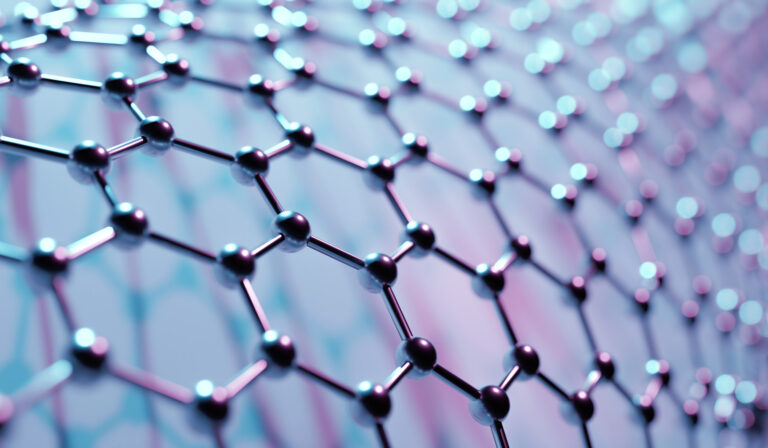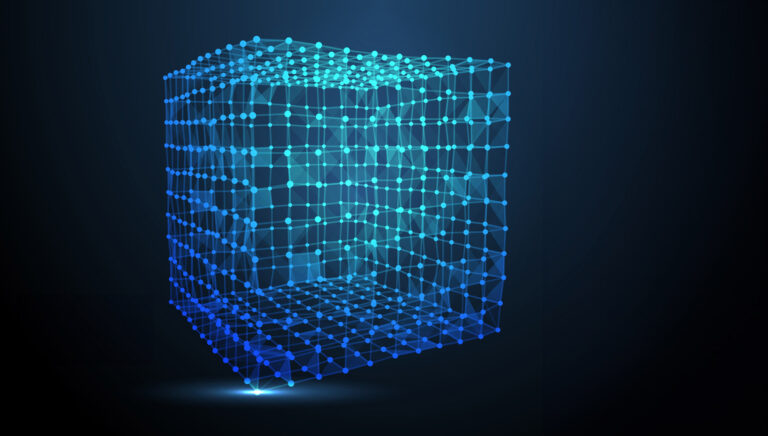
Materials Science
Innovative materials with new properties for next-generation devices
Introduction
New and innovative nanomaterials and their specific properties are key to new devices. The majority of inventions and related products are based on the structural and chemical analysis of these nanomaterials and the characterization of their fundamental properties, which typically occur only at the nanoscale. These nanomaterials need to be connected to the outside “macroworld” and can then be exploited for fundamentally new or next-generation devices, often at the intersection of nanotechnology materials science.
Nanocontacting nanomaterials
Fundamental analysis of structural, chemical, and physical properties
Embedding new materials into innovative, new or next-generation devices
Creating new and innovative devices with new nanomaterials
Your applications
There is a long history of new nanomaterials that have garnered significant research interest, such as high Tc-superconductors, magnetic multilayers, carbon nanotubes, nanowires, fullerenes, graphene, metamaterials, and other 1D- or 2D-materials. Some of these materials have been incorporated into innovative new devices across all scientific disciplines. These include small-scale fast transistor designs, hard disks, displays, molecular sieves, and 2D-lenses, or they have been exploited for improvements in the mechanical and electrical properties (hardness, elasticity, conductivity, etc.) of other materials. These advancements highlight the crucial role of nanotechnology materials science in driving technological progress.

Environment / green energy

Nanomaterials

Material analysis
Are you interested in more details and insights?
Application Note: Automated nanocontacting of randomly distributes 1D and 2D materials (.pdf)
Transforming randomly distributed 1D and 2D material into functional devices with the help of SEM mapping and innovative offline data preparation for direct-write lithography.
Application Note: Electrical in-situ Characterization of Au/Ni/Au-Nanowires with Nanomanipulators (.pdf)
Efficient alternative to traditional methods for electrical characterization of nanowires, utilizing in-situ measurements for quicker and more effective results compared to typical probing stations.
Application Note: Metalens Fabrication (.pdf)
Algorithmic pattern preparation for metalens fabrication achieves high throughput, bypassing design layout conversion, ensuring precision.
Our solutions
Our integrated solutions increase performance and connectivity. In any production environment.
Holography Workflow
From initial design to final product – solution for holography showcasing unique capabilities at every stage.
Digital RAITH
Mature software engineering for seamless integration, efficient task support, and user-friendly operation.
Mix and Match
Seamless blending of laser direct writing, ion beam, and electron beam technologies, unlocking new nanostructuring horizons.
Patterning
By eliminating stitching errors, our solution guarantees optimal performance and reliability, driving breakthroughs.
Rewrite
Materials Science
Our products
Whether you’re in need of productive systems or an individual searching for solution, we have the right products for you.
Our process
Precision: Our passion in workflow and nano fabrication
01
Needs analysis
Understanding your requirements is paramount. Our team conducts a thorough analysis, delving deep into your objectives, challenges, and expectations to ensure a tailored solution that seamlessly integrates with your workflow.
02
Expert consultation
With our experts by your side, we navigate through complexities together. We offer expert guidance and insights, collaborating closely to develop strategies that align perfectly with your goals and objectives.
03
Feasibility study
We conduct rigorous feasibility studies, meticulously evaluating options and assessing potential outcomes. Our goal is to deliver results that not only meet but exceed expectations, ensuring the seamless integration of solutions that drive your success.
04
RAITH membership
Unlock the full potential of seamless integration by becoming a RAITH member. Gain access to exclusive resources, support, and updates, empowering you to stay ahead of the curve and maximize the value of your integrated solutions.
We are supporting a variety of customers, ranging from global tech companies to Nobel-prize winning research facilities.
